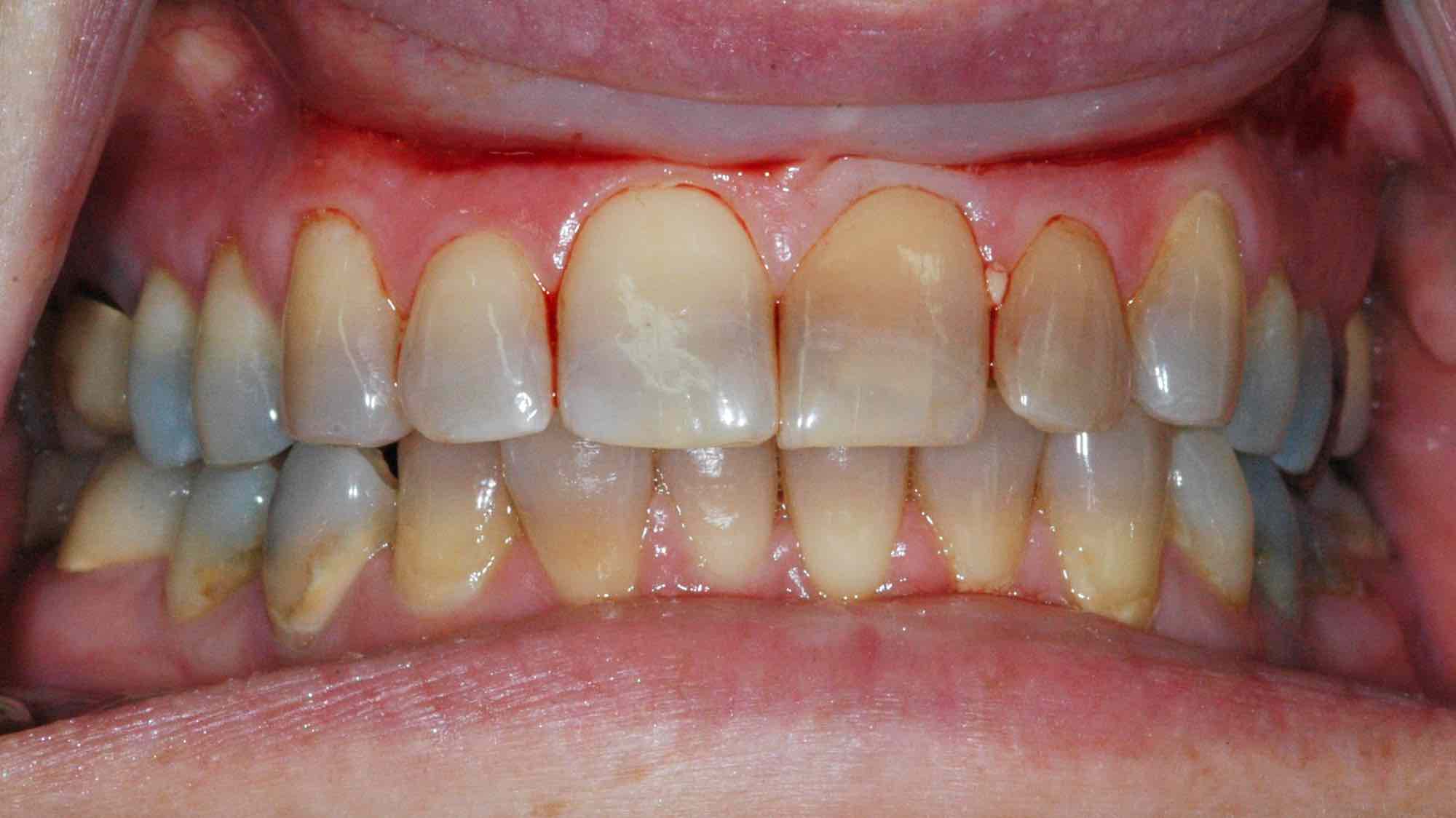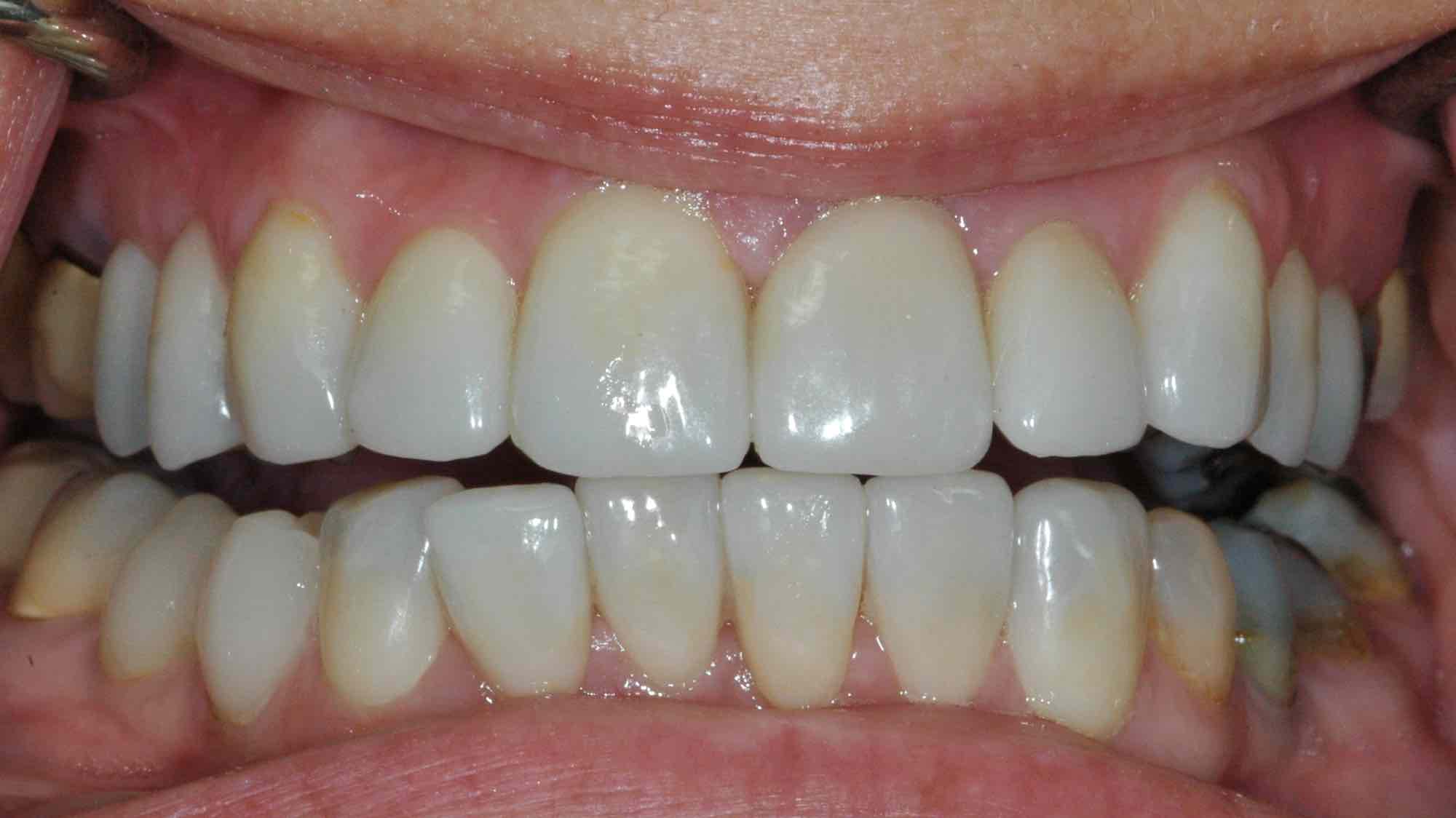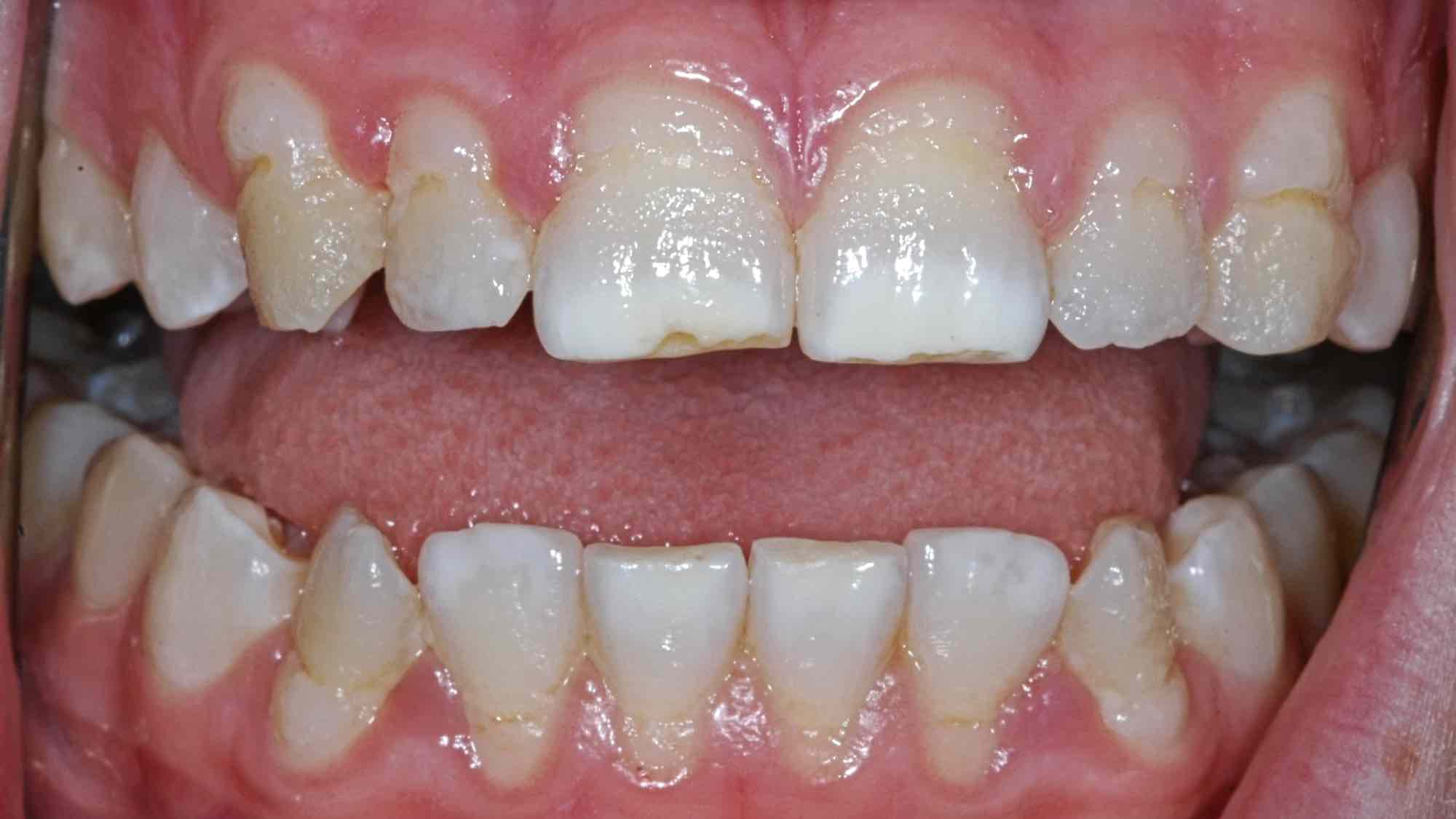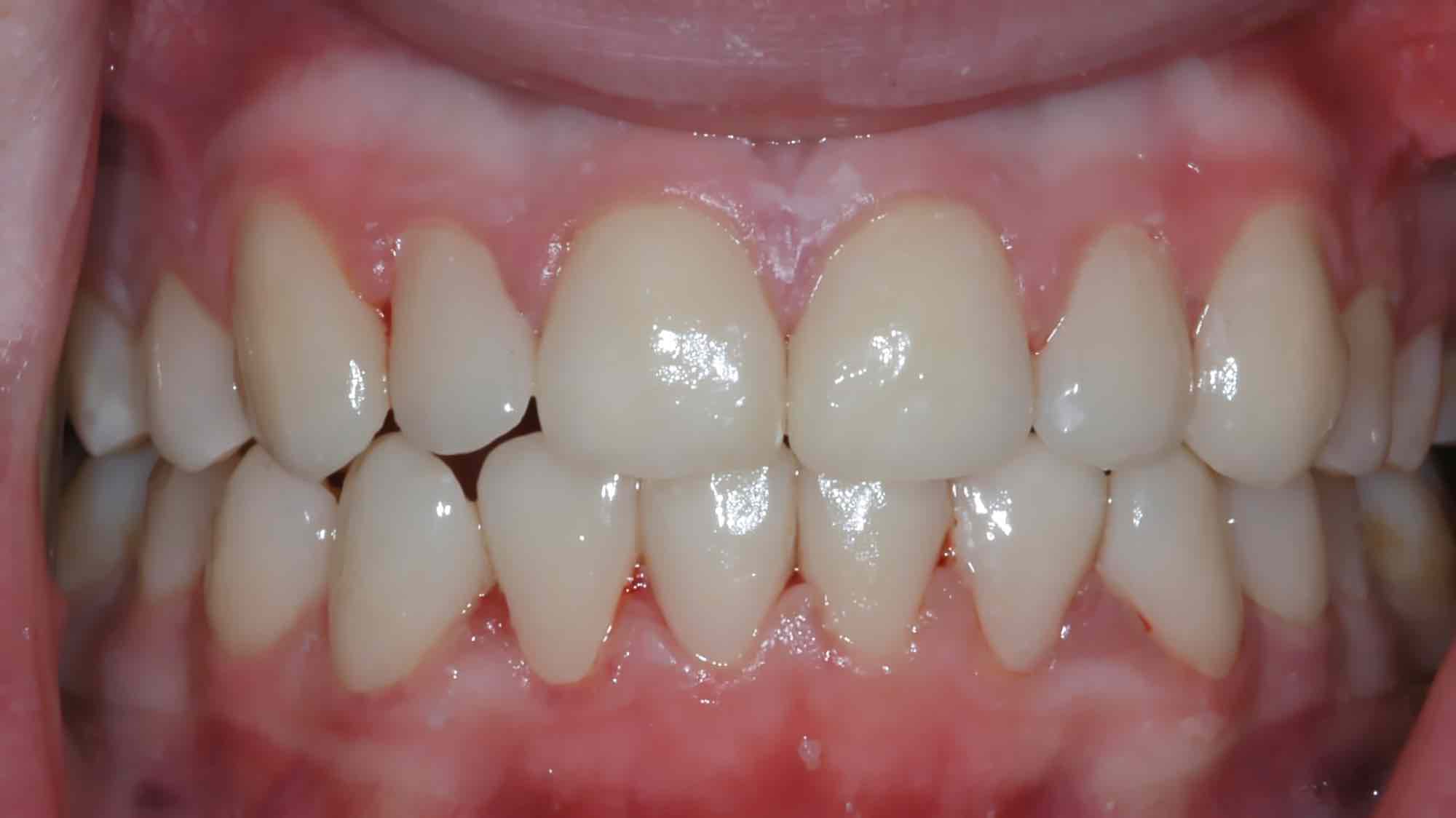Veneers
Veneers are wafer-thin shells, usually made of ceramic or composite plastic, that are permanently bonded to the visible outer surface of the teeth. Their primary purpose is to create an aesthetic smile by enhancing the appearance of the teeth.
Indication for veneers
The key prerequisite for veneers is patient dissatisfaction. Some are unhappy with even the slightest disharmonies, while others are perfectly content with significant misalignments or discoloration. This dissatisfaction is highly individual and must be assessed accordingly.
The most common indications for veneers in our practice are unsightly discolorations or inharmonious or unsuitable tooth shapes. Defective tooth edges, misaligned teeth, or small gaps are less common. Rotated and/or crooked teeth can also be an indication, for example, if orthodontic treatment is not desired.
Advantages and disadvantages of veneers
When it comes to having ceramic veneers made, there’s usually a clear desire: the desire to transform your smile. Therefore, the desired result must be clarified beforehand. This process takes a varying amount of time depending on the individual.
The color and transparency of the veneers play a particularly important role. Since the entire effect is to be achieved in a thickness of only 0.3 – 0.5 mm, it’s easy to imagine that precise work by the dentist is absolutely essential. This process must avoid unintentional differences in layer thickness.
In return, the patient is rewarded with optimal tolerability and a durability of 10 – 15 years or more. The latter depends – logically – on regular professional prophylaxis.
Differences between ceramic and composite veneers
Composites can be imagined like this: the finest “grains of sand” that are bonded together with plastic. The proportion of “sand” is approximately 80%. We also use such materials as filling materials for defects in teeth.
Composites are much softer than ceramics and therefore wear out faster. This means that the lifespan of a composite veneer is significantly shorter than that of a ceramic veneer. You can expect a lifespan of approximately five years. The limiting factor is usually a gradual discoloration of the composite, which can be a major aesthetic disadvantage.
In addition, the biocompatibility of ceramics is significantly better than that of composites.
However, a composite veneer can be made in one session, whereas ceramic veneers almost always require two sessions, several days apart. This alone makes the cost of a composite veneer significantly lower than that of a ceramic veneer, which is usually technically fabricated by a dental laboratory.
Now the question arises: which makes sense: ceramic or composite? In my opinion, you should choose ceramic if you plan to restore an entire front of the upper and/or lower jaw, as done in the examples on this page. A lot of heart and soul is invested in this. Therefore, you want a top-notch result. And it should also be well-tolerated and remain in the mouth for a long time. If only a single tooth is being restored, or if it is only being temporarily restored, then composite makes a lot of sense, if only to keep the costs down. I would advise against a comprehensive restoration with composite.
What you should do now
If you want to join the winning side, then go to your dentist and get some basic advice. Regular preventative care is crucial for your teeth. They’ll also explain your weaknesses when brushing your teeth (dentists have these too!) and what you can do better. And this won’t be explained to you by a health column in the newspaper, but by someone who knows the subject inside out!
Author: drw
Here I have some links for you
I personally like to read PubMed because it provides scientific information and results. Otherwise, you never know who wrote an article, with what intention and expertise.
https://pubmed.ncbi.nlm.nih.gov/28902238/
https://pubmed.ncbi.nlm.nih.gov/31061996/
Case 1: This patient was given tetracycline as a young child, an antibiotic that we now know can cause particularly severe tooth discoloration. Such discoloration cannot be removed by bleaching. In this case, the only option is to change the tooth color using ceramic. If the teeth already have numerous restorations, such as fillings, a crown may be an option. In this case, however, the teeth were naturally healthy except for the discoloration.
This is the result of veneers being used to change the color and shape. Both now create a harmonious smile.
Case 2: This patient has extensive enamel deterioration on almost all of her permanent teeth. Correcting this with composite veneers will inevitably lead to only a mediocre, ultimately unsatisfactory result.
This photo was taken immediately after all the ceramic veneers we chose were placed. Such a perfect result can only be achieved with these ceramic shells.




